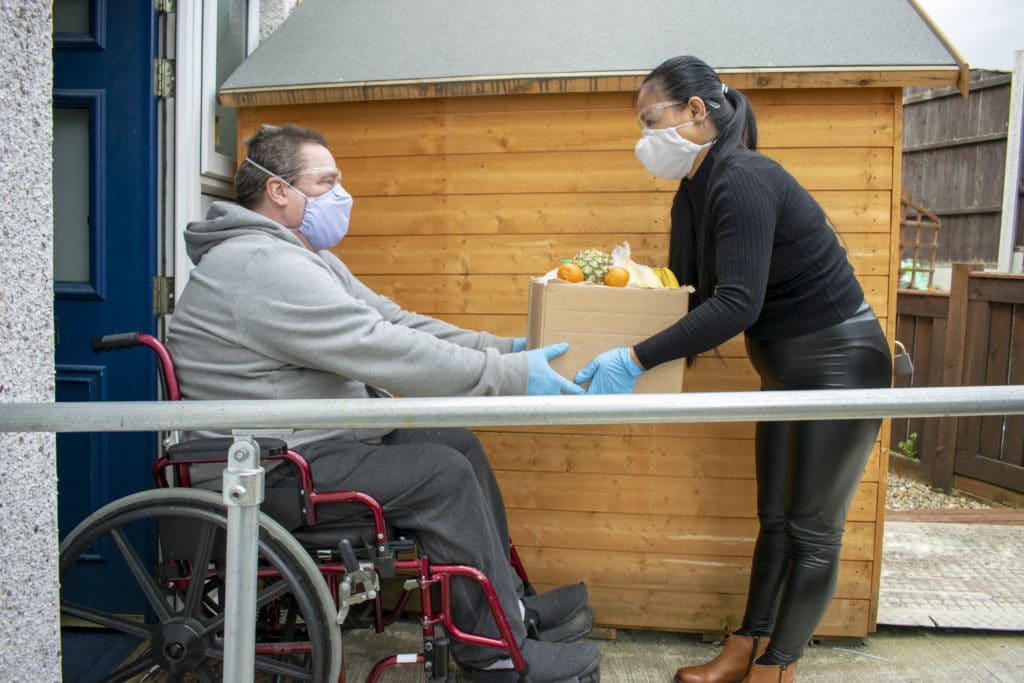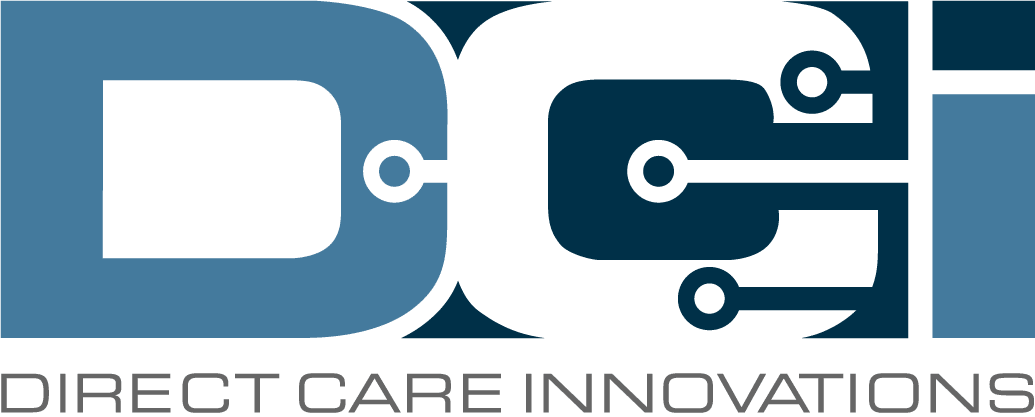Addressing Food Insecurity for Those Living with Disabilities
Food insecurity isn’t a new issue. Therefore, government agencies and nonprofits alike tackle the issue in various ways. However, those living with disabilities make up a subset of those dealing with food scarcity, and they have unique needs and challenges. What can we do to address food insecurity for those with disabilities? In this post, Direct Care Innovations reviews.

Disability and Food Insecurity
Disability and food insecurity share an interesting connection. For instance, those living with disabilities tend to be more vulnerable to food insecurity resulting from fewer economic opportunities. Additionally, those dealing with chronic illness resulting in disability are also associated with higher rates of food insecurity. In other words, disabled community members face higher unemployment, lower wages, more physical and transportation barriers to obtaining food, and more restrictive access to government food programs. Finally, these issues occurred prior to the COVID-19 pandemic, and have arguably grown worse since the pandemic began.
The Pandemic and Food Insecurity
The COVID-19 pandemic increased food insecurity across the U.S. Moreover, the disability community experienced the worst of it. In fact, the U.S. Department of Agriculture (USDA) reported that adults living with disabilities experienced food scarcity at twice the rate of able-bodied individuals. Finally, non-working disabled adults and those at higher risk of COVID-19 faced even worse rates.
Pros of Pandemic-Initiated Programs
The U.S. government funded a couple of programs that address food insecurity issues for those with disabilities. For instance, Congress passed the Families First Coronavirus Response Act in March 2020. Subsequently, the Coronavirus Aid, Relief, and Economic Security Act allocated additional funding for food programs. In addition, the USDA expanded a program that allows SNAP recipients to order food online for delivery. Finally, Centers for Independent Living and Community Resource Centers across the country have created or beefed-up food programs with some success.
These initiatives provide several benefits. First, they allocate more funding toward food insecurity programs. Second, they improve methods to address the problem by utilizing online ordering and delivery services. Third, some of the programs offer more types of food that people want, including healthier options and alternatives for those with food allergies. These programs are more effective and serve recipients in a more dignified way. However, the programs have their shortfalls.
Cons of Pandemic-Initiated Programs
Several aspects of the food programs have downsides, including:
- Time is running out of several of the federal government-funded programs.
- Not enough programs address accessibility and food nutrition quality challenges.
- Asset limits on federally funded programs limit availability for some living with a disability. For others, they limit the ability to be able to save money.
- People with disabilities are less likely to have internet access to order food. For those who do, many of the providers do not have accessibility features on their websites.
Source: https://ampr.gs/3FmXBab

